Optimal Timing for Fire Restorations
Understanding the optimal timing for fire restorations is essential for effective cleanup and damage mitigation. The right timing can influence the success of restoration efforts, reduce costs, and prevent further deterioration of property and materials.
Restoration should begin as soon as possible after fire suppression to limit smoke damage, water intrusion, and structural deterioration.
Late spring and early fall often provide favorable weather conditions for restoration work, especially in areas with extreme temperatures.
Restoring during peak summer heat or winter cold may complicate procedures and increase risks, making spring and fall more suitable.
Immediate response is critical regardless of season to prevent mold growth, corrosion, and further property damage.
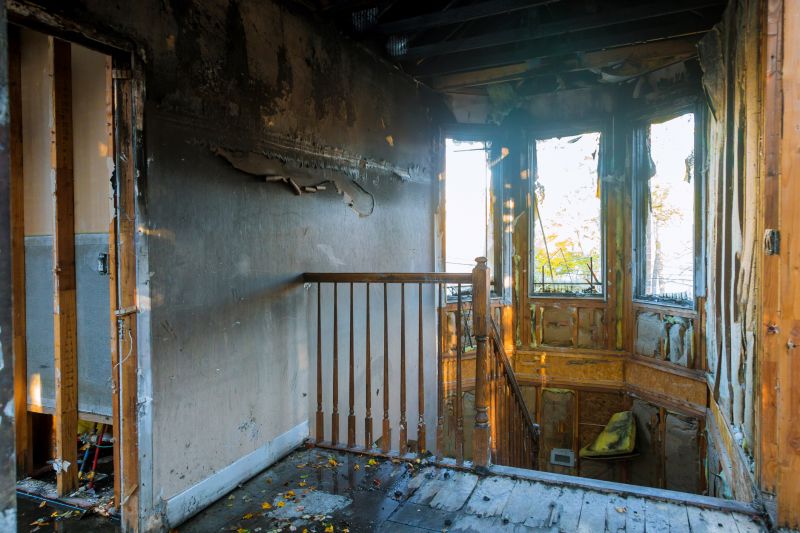
Assessing damage promptly helps determine the best restoration timeline.
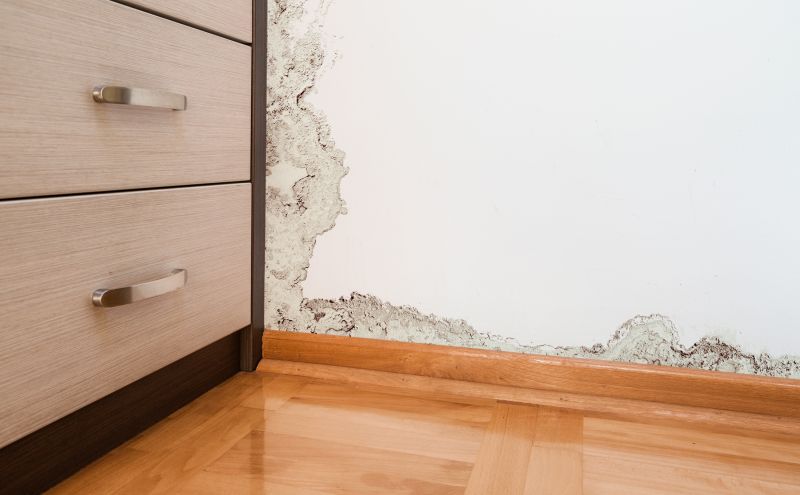
Immediate water removal prevents mold and structural issues.
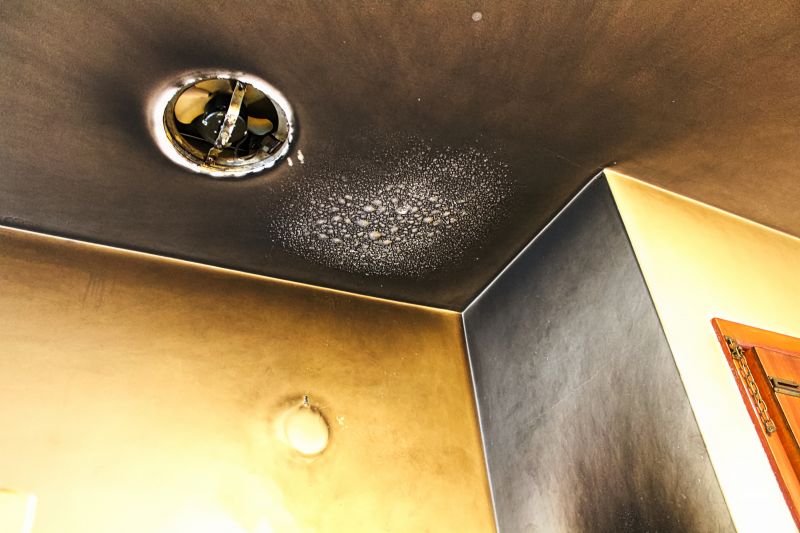
Early intervention minimizes lingering odors and soot deposits.

Ways to make Fire Restorations work in tight or awkward layouts.
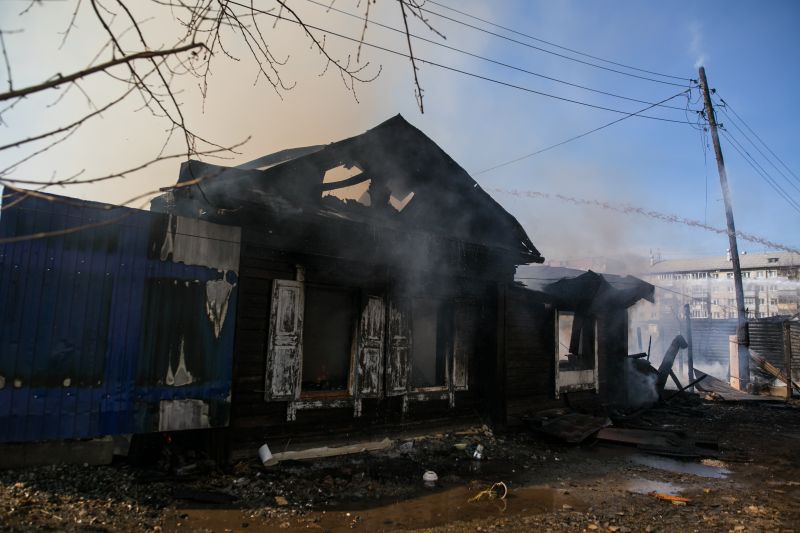
Popular materials for Fire Restorations and why they hold up over time.
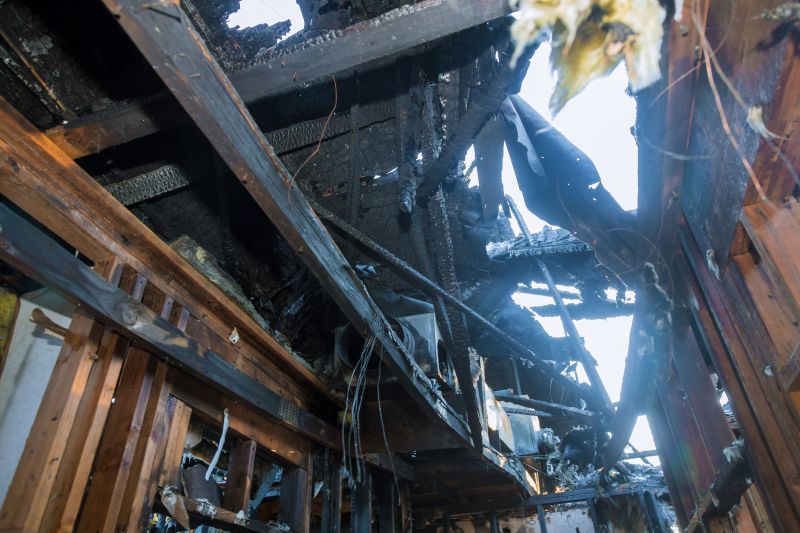
Simple add-ons that improve Fire Restorations without blowing the budget.
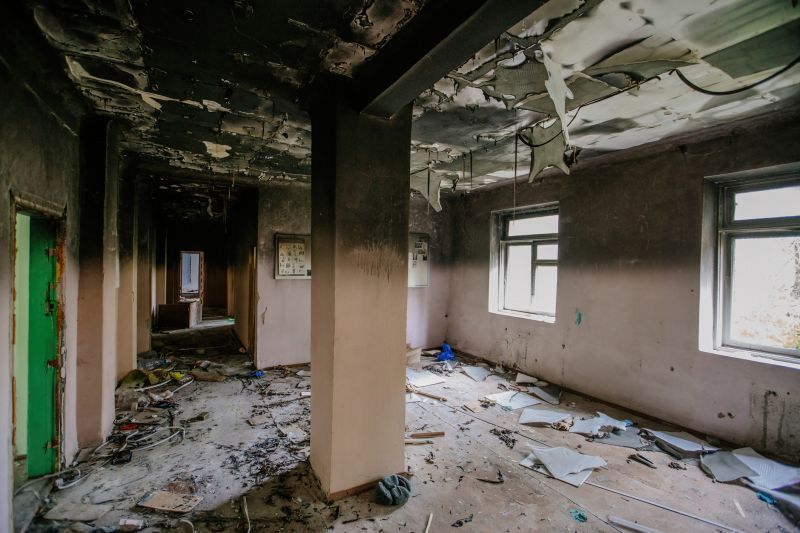
High-end options that actually feel worth it for Fire Restorations.
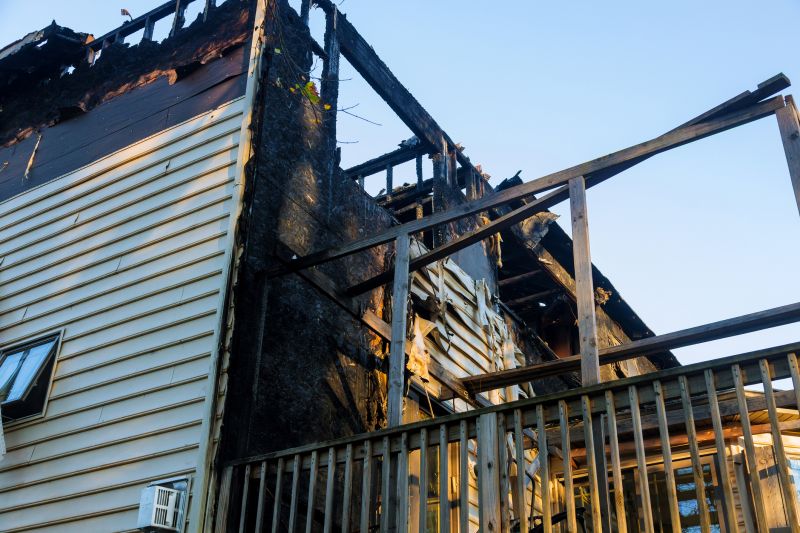
Finishes and colors that play nicely with Fire Restorations.
| Season | Advantages |
|---|---|
| Spring | Favorable weather and moderate temperatures facilitate restoration work. |
| Summer | Longer daylight hours aid in completing projects, but high heat can pose challenges. |
| Fall | Ideal for scheduling due to mild weather and less demand for restoration services. |
| Winter | Potential delays and complications due to cold and precipitation, but feasible with proper planning. |
Fire restorations involve comprehensive procedures including smoke and soot cleanup, structural repairs, and odor removal. Timely intervention minimizes long-term damage and helps restore property to its pre-fire condition. Restoration professionals utilize advanced equipment and techniques to address both visible and hidden damage caused by fires.


